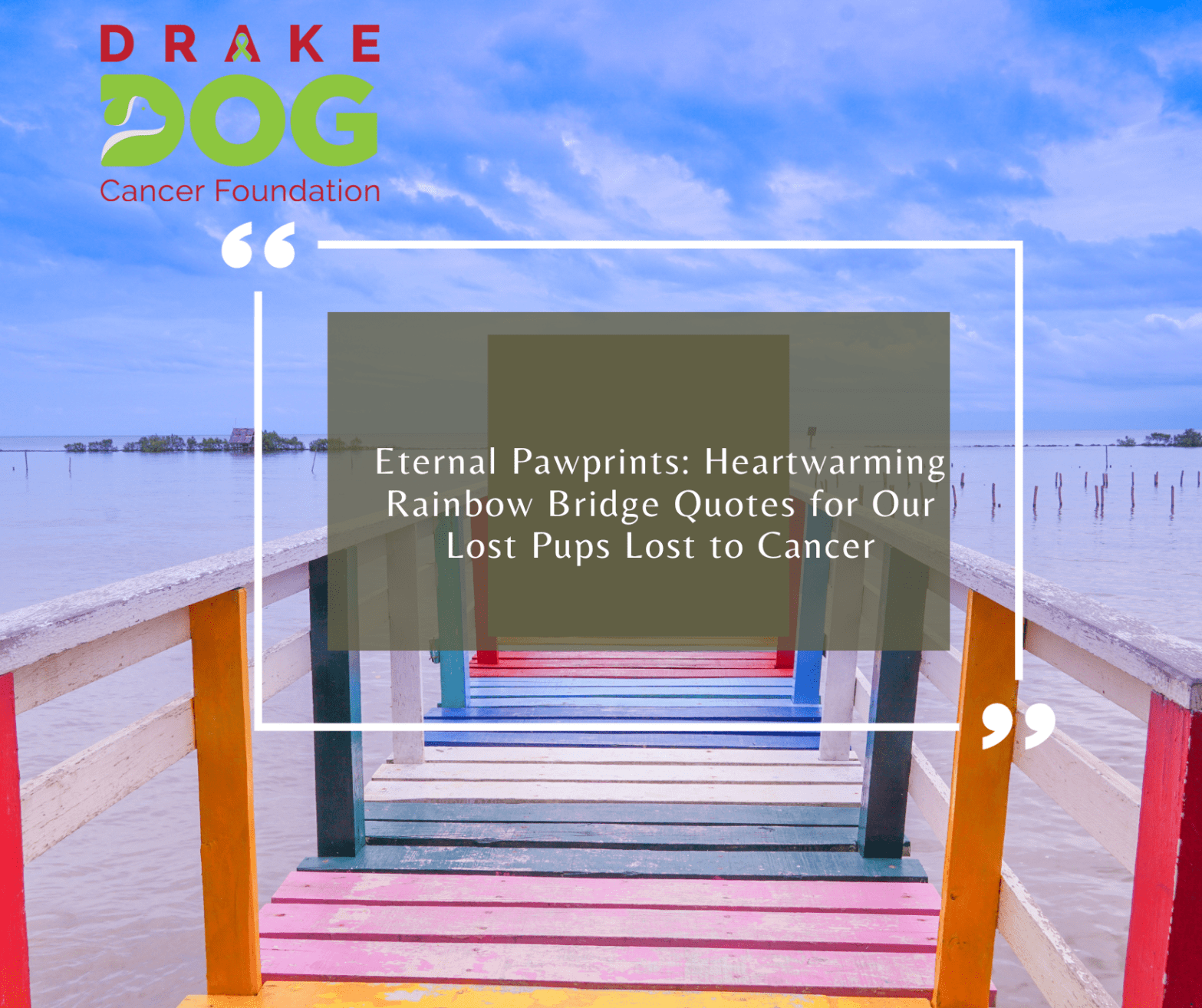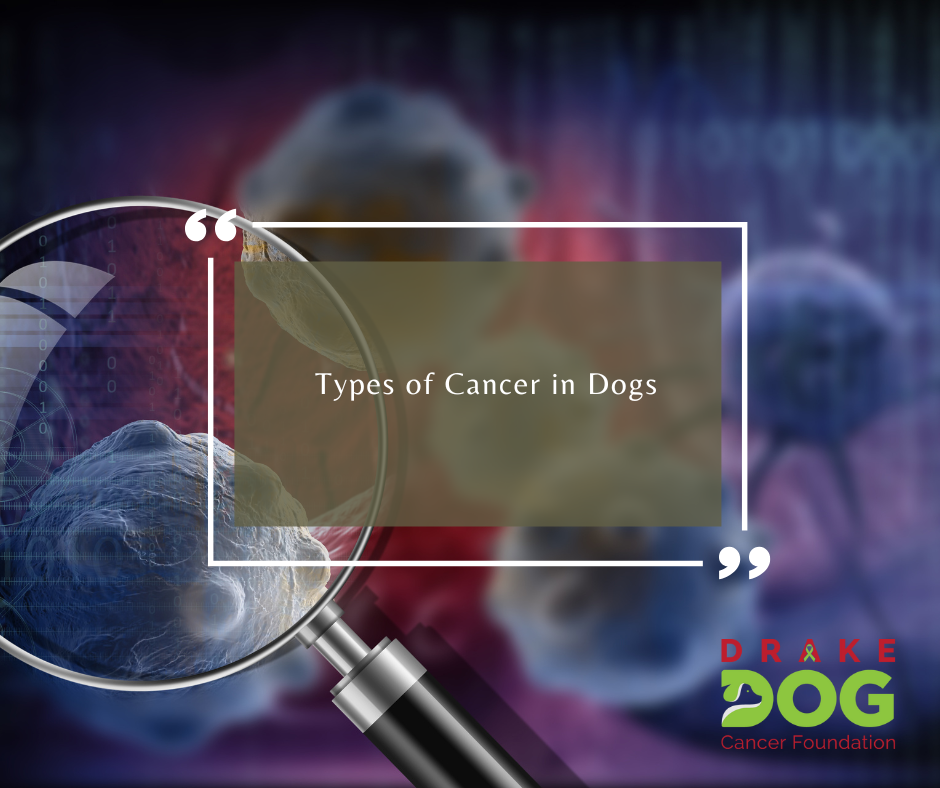We’ve all been there—that heart-wrenching moment when we have to say goodbye to our furry best friend. It’s one of life’s most challenging experiences, but believe me, you’re not alone in your grief. The Rainbow Bridge is a poetic concept that’s been providing comfort for years, suggesting a serene place where our pets wait forContinueContinue reading “Heartwarming Rainbow Bridge Quotes for Our Lost Pups”
Tag Archives: cancer
Stay Away from the Kibble
When cancer hits, it’s often accompanied by weight loss, loss of muscle, and depression. All of these can significantly impact your dog’s quality of life. Consuming a good diet can improve your dog’s life tremendously. Food can actually prove to be ‘good medicine,’ and there’s a term for this known as ‘nutrition therapy.’ A high-qualityContinueContinue reading “Stay Away from the Kibble”
Melatonin for My Dog with Cancer and Other Ailments
Melatonin is most well-known as a supplement to help us sleep. How could this help our dogs? And, more importantly, how could it help a dog with cancer?
13 Types of Cancer in Dogs
Dogs, like their human counterparts, are susceptible to several cancers, including lymphoma and even breast cancer. The good news is that veterinary oncology treatments are similar to those used to treat cancer in humans. We have compiled a list of 13 types of cancer in dogs to help you learn about which ones could affectContinueContinue reading “13 Types of Cancer in Dogs”
The Facts on Canine Mammary Cancer: What You Need to Know
Canine mammary cancer (CMC) is a cancer of the mammary glands in dogs, most commonly found in middle-aged dogs. These cancers are rare and account for about 1% of all canine cancers. The good news is that CMC is a highly treatable disease, and effective treatments are available. CMC has a poor prognosis and isContinueContinue reading “The Facts on Canine Mammary Cancer: What You Need to Know”
6 Early Warning Signs of Cancer in Dogs
Early warning signs of cancer are key to treating cancer early. As your dog ages, the risk of cancer increases. By the age of 10, they have a 50% chance of developing a type of canine cancer, which, in case you didn’t know, is the number one cause of death in dogs. Because of this,ContinueContinue reading “6 Early Warning Signs of Cancer in Dogs”
Mouth Cancer in Dogs
Mouth tumors can cause blockages that make chewing and swallowing difficult for dogs. Surgical removal of tumors is frequently required for a dog’s survival, although it isn’t always achievable depending on the nature and location of the tumor. Tumor Types The good news is that not every tumor will develop into full-blown mouth cancer. TumorsContinueContinue reading “Mouth Cancer in Dogs”
Ovarian Tumors in Dogs
Ovarian tumors in dogs are cancers that arise from the unregulated, disorganized development of cells within the ovary. Germ cells and epithelial (skin-like) cells are among the many cell types found in the ovary, and cancer can arise from any of them. The majority of ovarian tumors are cancerous. Teratomas (or teratocarcinoma), carcinomas, and adenocarcinomasContinueContinue reading “Ovarian Tumors in Dogs”
Alarming Signs of Stomach Cancer in Dogs
Stomach cancer in dogs is relatively rare, although it does happen from time to time. Stomach tumors are usually malignant (cancerous) and can spread to other organs. Most stomach tumors are not cancerous, but even benign tumors can cause problems if they grow large or cause an obstruction in the digestive tract. What is aContinueContinue reading “Alarming Signs of Stomach Cancer in Dogs”
Causes and Treatment of Osteosarcoma in Dogs
Osteosarcoma in dogs is a bone tumor that is cancerous. This malignancy resembles human pediatric osteosarcoma in appearance. Osteosarcomas are tumors that develop from abnormal bone-making and bone-breaking cells (named osteoblasts and osteoclasts, respectively). Long bones (arms and legs) are the most usually impacted, but jaw, hips, and pelvis bones can also be affected. Non-bonyContinueContinue reading “Causes and Treatment of Osteosarcoma in Dogs”









